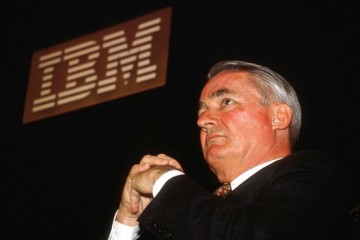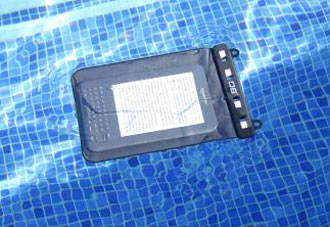 Chipmaker turned fashion bag designer, Intel is getting into the jewellery business turning out a smart bracelet for the very wealthy shoppers at Barneys.
Chipmaker turned fashion bag designer, Intel is getting into the jewellery business turning out a smart bracelet for the very wealthy shoppers at Barneys.
The bracelet was designed by fashion house Opening Ceremony, and test sales were conducted at luxury retailer Barneys New York in January.
Daniella Vitale, COO of Barneys New York said at the time that wearable technology had to be a beautiful accessory that customers would desire.
Most wearable computers are fitness trackers which is largely pointless if you are not into exercise. Intel’s bracelet will not do anything fitness related, but it is not clear what it will do.
The new wearable could be announced around Fashion Week in New York, which starts Sept. 4, or at the Intel Developer Forum from September 9 to 11, where Intel typically makes big company announcements.
Despite the competition, and the fact that no one has actually seen a real market for wearable computers yet, Intel wants to make up for the fact that it missed the mobile revolution by being right on time for the next big thing.
The wearables market is rapidly growing as the devices become functional and fashionable accessories. Over 19 million units are expected to be shipped by the end of this year, more than triple the total in 2013, researcher IDC said in April. That market should expand to nearly 112 million units in 2018.



















